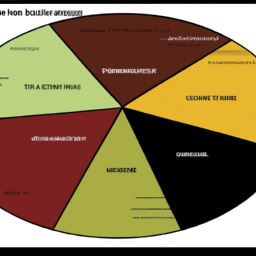As stocks and other investments change value over time, investors may find that one or two securities make up a large portion of their portfolio. This can result in a lack of diversification, leaving the investor vulnerable to market volatility and potential losses. Diversification is the technique of owning a mix of investments within and across asset classes to reduce risk and limit volatility in a portfolio.
With the unpredictability surrounding markets today and the volatility we've experienced in the past year, having a properly diversified portfolio is more important than ever. Diversification means spreading your investments across various financial instruments, industries, and geographic regions, reducing the impact of any single investment on your overall portfolio.
Different styles all have high correlations with the overall market, but that doesn't translate into identical returns. It's important to diversify across investment styles, such as value, growth, and income, to ensure that your portfolio is not overly reliant on any one style.
Asset allocation is the diversification of your retirement account across stocks, bonds, and cash. Your age is a primary consideration when determining your asset allocation. Younger investors may have a higher percentage of stocks in their portfolio, while older investors may have a higher percentage of bonds.
The United States makes up nearly 60% of the global stock market by market capitalization. The dominance of American stocks over the rest of the world highlights the importance of diversifying geographically. Investing in international stocks can provide exposure to different economies and industries, reducing the impact of any single market on your portfolio.
Diversification can also be achieved through investing in exchange-traded funds (ETFs) or mutual funds. These funds hold a diversified mix of stocks, bonds, or other investments, providing exposure to a variety of asset classes and industries.
It's important to regularly review and rebalance your portfolio to ensure that it remains diversified. Rebalancing involves adjusting the allocation of your investments to ensure that they align with your long-term goals. For example, if your stock investments have performed well and now make up a larger portion of your portfolio than desired, you may need to sell some stocks and invest in other asset classes to rebalance your portfolio.
Diversification does not guarantee a profit or protect against losses, but it can help reduce risk and limit volatility in your portfolio. By owning a mix of investments within and across asset classes, you can help ensure that your portfolio is well-positioned for long-term growth.
In conclusion, diversification is a technique that reduces risk by allocating investments across various financial instruments, industries, and geographic regions. It's important to regularly review and rebalance your portfolio to ensure that it remains diversified and aligned with your long-term goals. Will the 2023 investment picture look like 2022? If not, you'll need to be positioned in the best long-term investments for 2023. Diversification is key to achieving this.
Ticker: none
